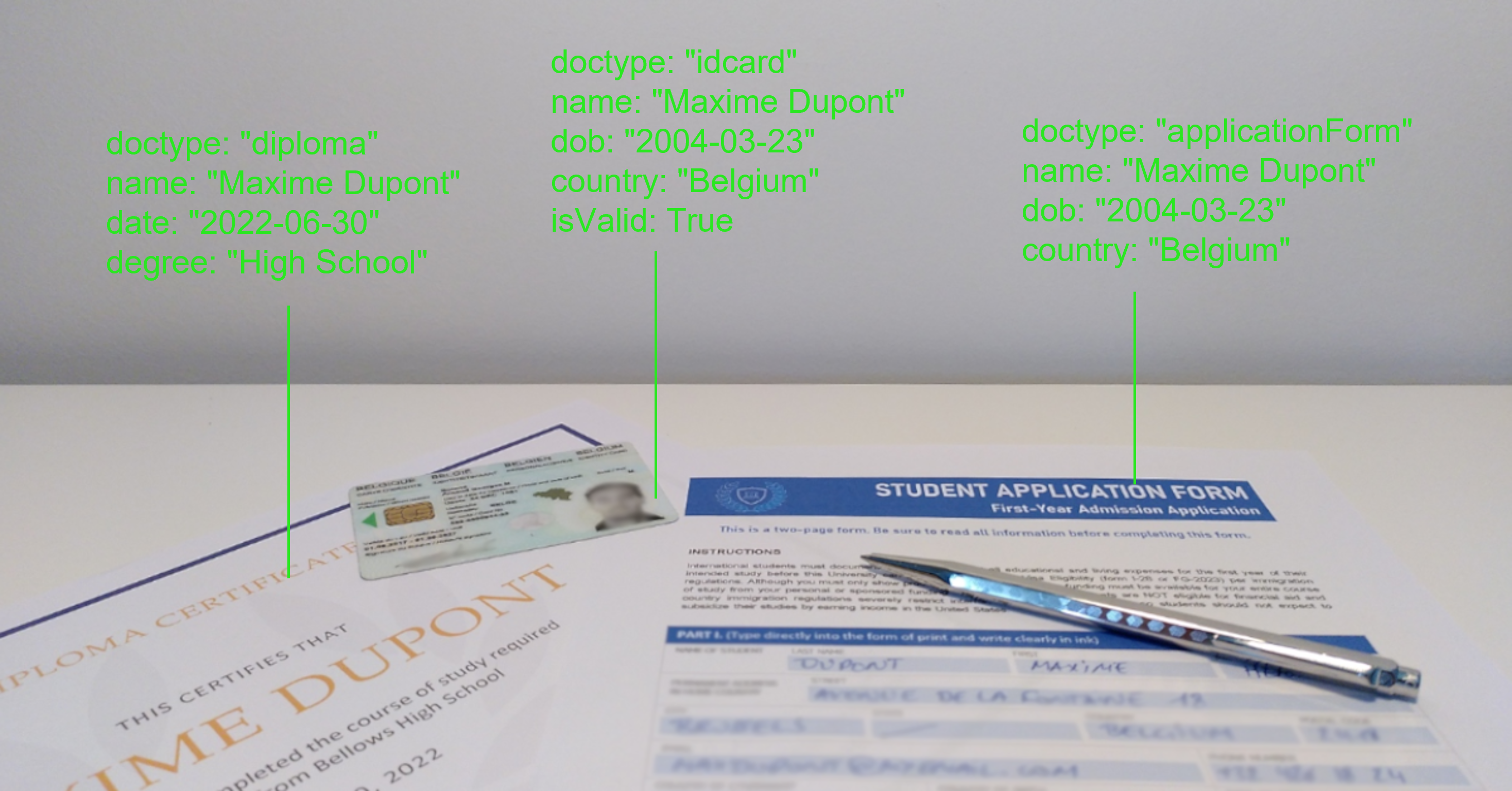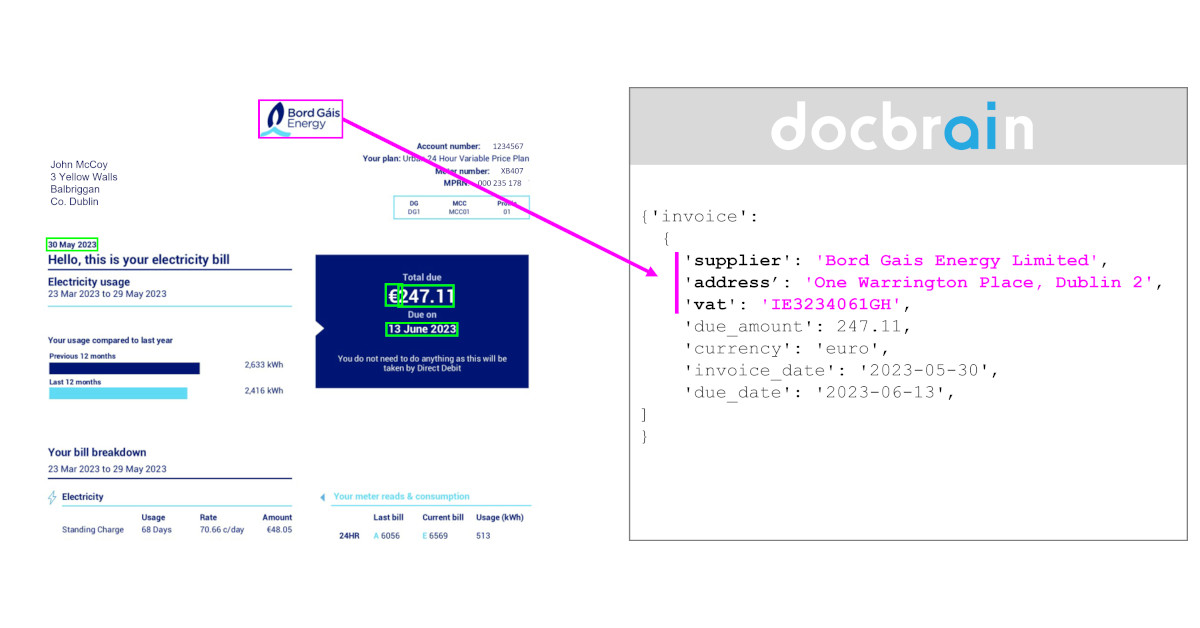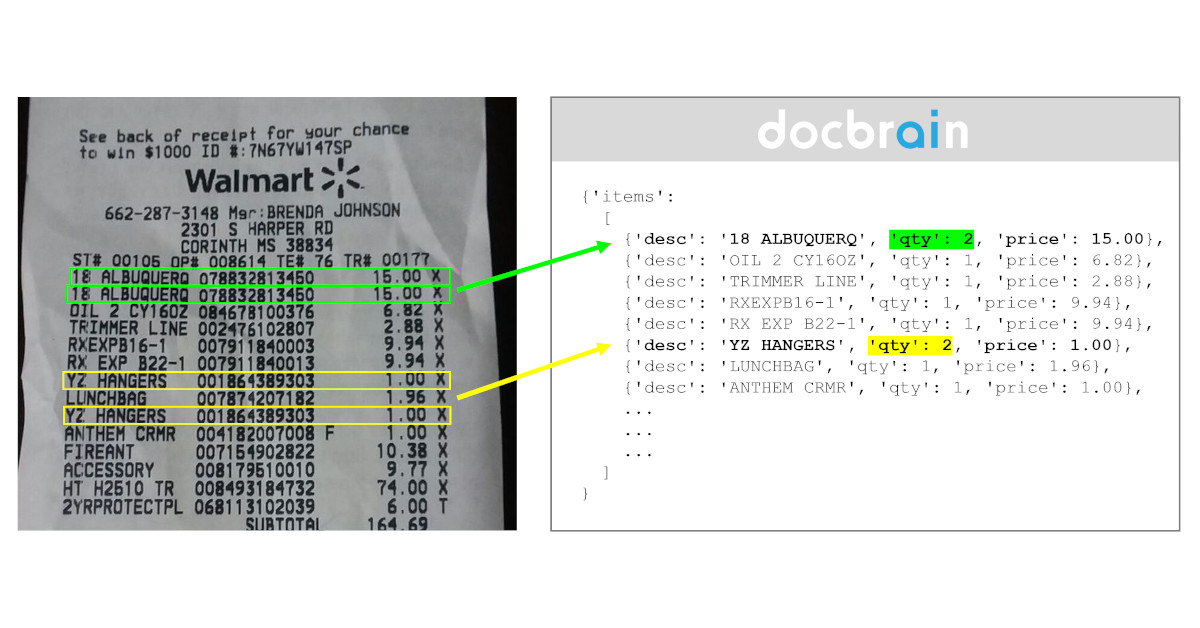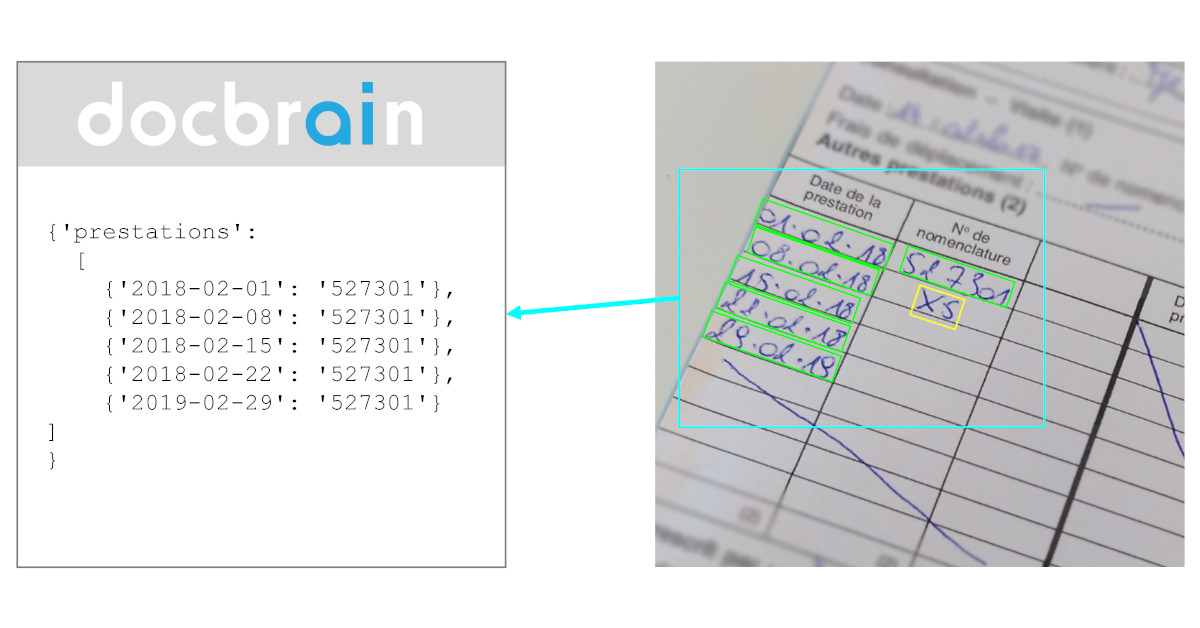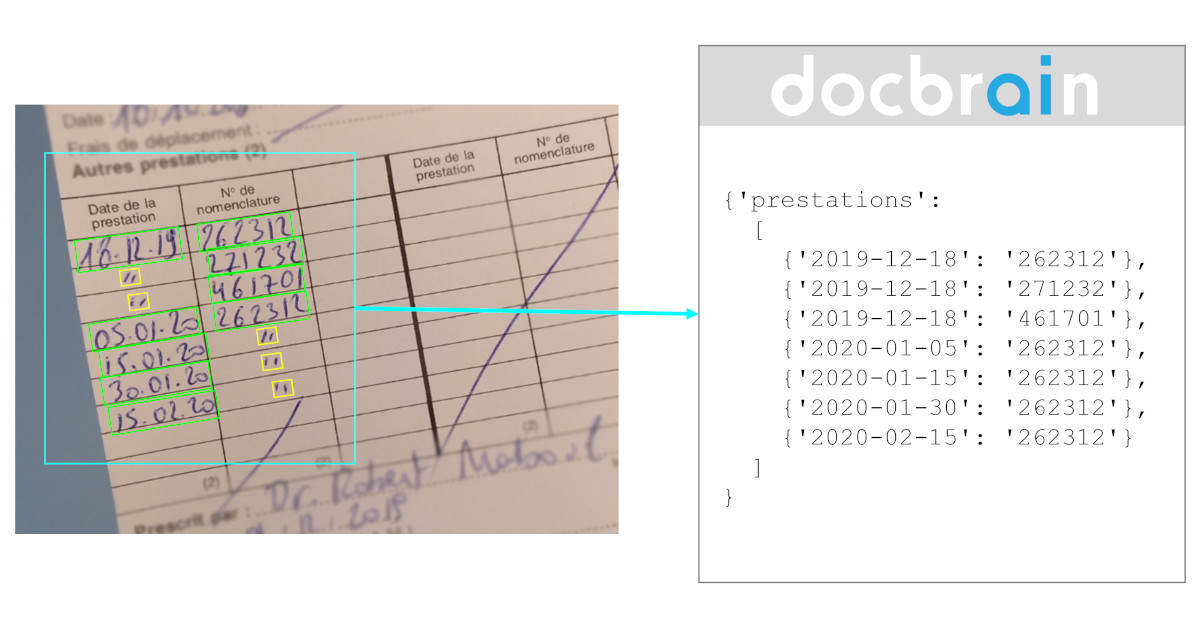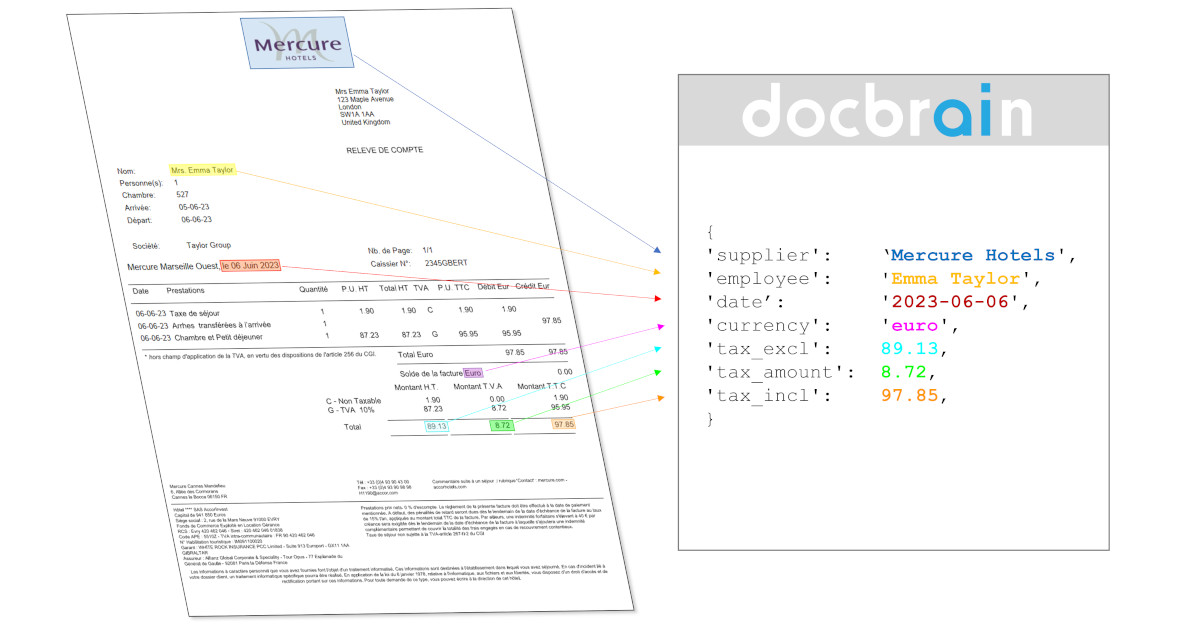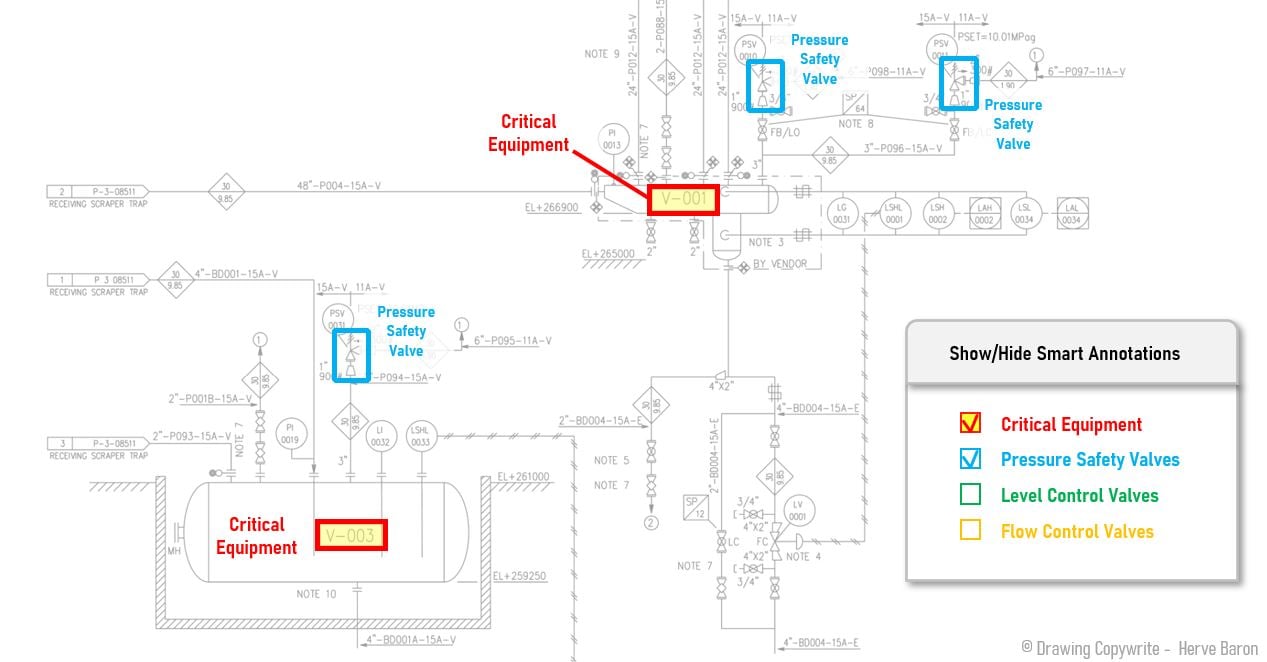Ending the series on AI-enabled process automation, Moonoia is honored to have ECM expert Zbigniew Smierzchala as guest writer. Zbigniew has 25 years of experience with content capture concepts and technologies (software and hardware). He worked in ECM context in sales, business development and product management roles for Kodak Eastman Software, EASY Software, Xerox and Hewlett-Packard.
Looking back to just six weeks ago, when I started to write about the role of intelligent capture and data quality within the growing field of robotic process automation, at no point in time did I imagine the last article of the series would sound like what you are about to read.
We still don’t know what will happen exactly once the pandemic has subsided and what this “new normal” will look like, but it is safe to say the world is going to be a very different place. The search for positive change has already started and the ability to adapt fast is an indispensable factor of mere survival and success in the future, post-crisis “new normal”.
The “digital transformation” we have been extensively discussing and implementing during the last years cannot even be compared to the disruption we are currently living – a shift that is affecting all aspects of personal and professional life. The “future of work” is happening right here, right now, brought about by the pandemic.
Companies and organizations around the world sent their workforce to work from home (where it was possible). All of sudden, working from home is the default status for knowledge workers. Before the crisis, just two years ago, only 1 of 5 wage and salary workers did work at home in the US, according to U.S. Bureau of Labor Statistics.
In the EU, The Netherlands was leading the pack with 37, 5% of individuals working from home, followed by Luxembourg and Sweden. In Romania and Bulgaria, just less than 1 % of individuals worked from home (as of 2017).
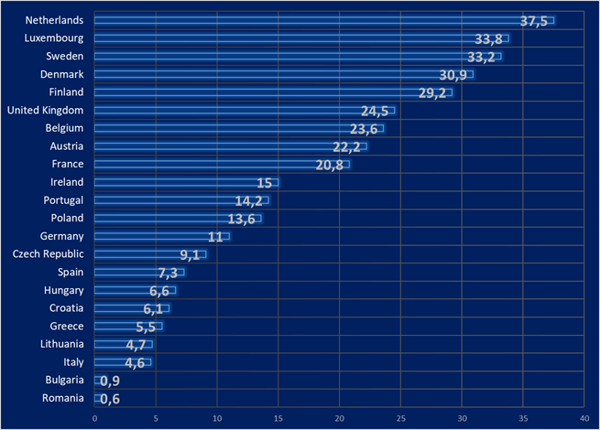
Figure 1: Percentage of individuals working from home (permanently or sporadically) in EU in 2017. (Data source: Destatis)
To deal with the pandemic, governments around the world have closed borders and imposed severe restrictions on travel and trade. As McKinsey says, distance is back, resulting in a greater preference for local over global products and services; the need for resilience across supply chains driving a move to bring sourcing closer to end markets.
The need to survive, build resiliency and prepare for the “new normal” in the future will most likely result in a new wave of automation. According to the research of Brookings Institution, over the three recessions that have occurred over the past 30 years, the pace of automation increased during each.
Social distancing, more teleworking and the increased pace of automation will definitely have impact on the key trends outlined in the first and second article of this series:
- Further decentralization of data input and thus the need for content capture solutions to deal with the lack of standardization at the input level
- The urgent need to digitize physical processes and footprints can constitute the final compelling event leading to eventually eliminate paper as a “data carrier” where it is possible
- The urgent need to rethink, not only digitize, entire processes; to have a more holistic approach in order to maintain agility and quickly adapt to disruptions in the supply chain
Previously I was arguing that “real” automation (or “hyperautomation”) necessitates a radical change in how we look at processes altogether. Automating many little tasks within a complex workflow does not equal automating the workflow in itself and is nowhere close to “straight-through” processing.
Admittedly, implementing intelligent, integrated, scalable and sustainable automation solutions has not been easy. Process customization, exceptions, unstructured content, low performing traditional technologies or complex decision making at various stages of the workflow have all been hindering automation projects across enterprises. None of these challenges has disappeared. Now it is just irrefutably clear that they need to be overcome. AI-enabled technologies which ensure better data quality and enable hyperautomation are more important than ever.
What are your thoughts on all of the above? How is your organization being impacted by the Covid-19? Are the new rules and behaviors affecting your processes or data strategy already? I would love to hear how the new "normalcy" can be an opportunity to rethink information management.
- Zbigniew Smierzchala
Interested to know more about how to leverage AI-enabled data extraction, document classification and analysis to accelerate business processes and enterprise transformation? Contact Moonoia to schedule a workshop, request a demo or speak with someone from our team.
Disclaimer: Opinions or points of view expressed in this article represent the personal position of the author. This document does not constitute professional advice. The information in this document has been obtained or derived from sources believed by the author to be reliable but don’t represent that this information is accurate or complete. Any opinions or estimates contained in this document represent a judgment at this time and are subject to change without notice.



